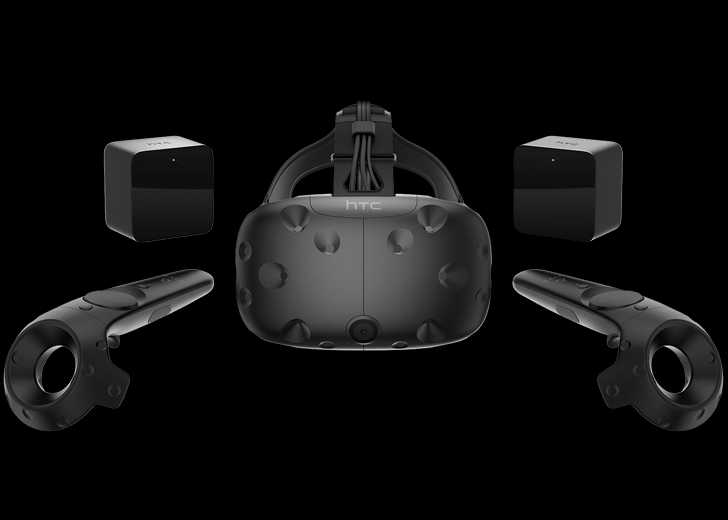Vaya, un estudio de la universidad de perrymeison de Madrid dice que es malo. Supongo que han arruinado los ojos de toda la gente a la que han expuesto para "demostrar" lo malos que son los leds. Ah no, que han usado células al aire en una caja de cristal. Pues adivina qué, la relevancia de ese estudio es -1, porque el ojo no es algo tan simple como unas células de la retina que se exponen a la luz que es lo que ahí han probado. También hay otra cosa llamada intensidad, que me gustaría saber cómo se compara la que han usado con la de un LED de una pantalla de móvil. Apuesto a que han usado intensidades unas cuantas veces más potentes para poder demostrar su teoría. Beber 100L de agua no es bueno para el cuerpo (de hecho es mortal), y eso no significa automáticamente que el agua sea mala, sino que TODO en exceso es malo
NO es lo mismo mirar fijamente a un foco gigante de luz azul super intensa a 1cm que mirar una pantalla de móvil con leds diminutos e intensidad normal. En el primer caso ni siquiera serías capaz de mantener los ojos abiertos mirando fijamente a esa luz, y forzando los ojos abiertos para poder hacerlo sí me creo que sea dañino, pero una vez más no es relevante
metro.co.uk/2013/12/09/led-lights-should-we-worry-about-damage-to-our-eyes-4220937/
‘The closer you go to the UV end of the spectrum and beyond, there is potential to cause damage in the retina,’ says Qureshi. ‘The rest of the spectrum doesn’t. As the blue colour wavelength is getting close to UV, it’s perceived as being more dangerous to the retina.’
But Qureshi says there is no cause for alarm because the full light spectrum – including the blue end – exists around us all the time.
‘If you’re looking at a blue colour then it’s in the blue end of the spectrum,’ he says. ‘It stimulates the blue sensitive cells in the retina but it’s not at all damaging to the eye.’
He says the study wasn’t without value, though, because it shows damage can be caused if you experience extremely intense blue light for an extended period of time. But he says the most we will experience from LED lights is eye strain or computer vision syndrome – headaches, dizzyness, tired or sore eyes and fatigue caused by excessive screen-time.
‘Your eyes also have a physical barrier to the spectrum of light,’ he says. ‘When light comes in, it passes through the cornea and the lens, which absorb much of the light. As we age, people develop cataracts on their lens and this is another of nature’s ways of preventing the blue end of the spectrum of light from coming into the eye.’
Lo dicho, cierra los ojos y no veas nada, el resto nos quedaremos ciegos y tan contentos


 Simples comandos de voz o palabras claves, miradas desarollan el dialogo dentre ti y caracteres del juego.
Tambien hay un tiempo global en el juego. y caracteres cuales estas buscando siguen una jornada. A tiempo x esta alli, etc.....
UNa chalupa viejita que hace excursiones cada media hora. Tu tienes que planear que haces cuando. :)
Buscar pruebas, con una reticula, tus ojos. Cada casa tiene su historia. Todo tiene su sentido.
Caracteres ven a donde miras. Por ejemplo eres en una bar y contemplas los objetos en un estante. La copera sabe donde miras y
podria contar te algo sobre el objeto solo de saber donde miraste. Que no mires a su pecho o te responde algo obsceno.
Simples comandos de voz o palabras claves, miradas desarollan el dialogo dentre ti y caracteres del juego.
Tambien hay un tiempo global en el juego. y caracteres cuales estas buscando siguen una jornada. A tiempo x esta alli, etc.....
UNa chalupa viejita que hace excursiones cada media hora. Tu tienes que planear que haces cuando. :)
Buscar pruebas, con una reticula, tus ojos. Cada casa tiene su historia. Todo tiene su sentido.
Caracteres ven a donde miras. Por ejemplo eres en una bar y contemplas los objetos en un estante. La copera sabe donde miras y
podria contar te algo sobre el objeto solo de saber donde miraste. Que no mires a su pecho o te responde algo obsceno.  Eso significa True Presence para mi.
Eso significa True Presence para mi. 


